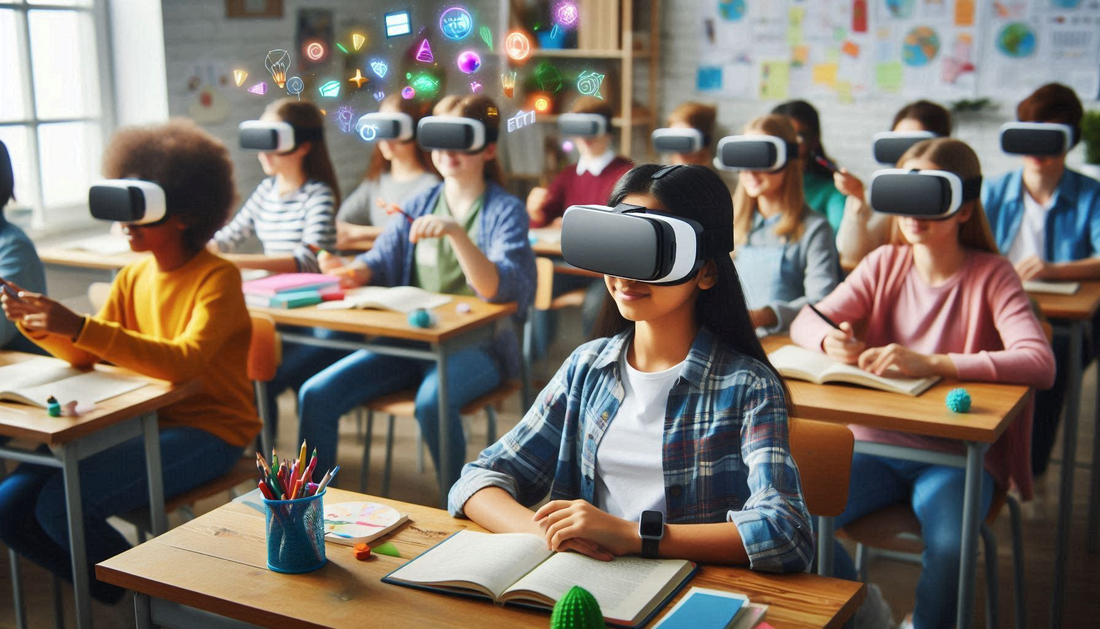
From Passive to Active Learning The AR Effect in Classrooms.
Share
The old way of teaching, where students just sit and listen to their teachers, is changing. A new technology called Augmented Reality (AR) is making learning more fun and interactive. Students are no longer just listening; they are participating and learning in a more hands-on way. In this blog, we will see how AR is changing the way students learn, from just sitting and listening to being actively involved. This change is making learning more enjoyable and effective. AR is the future of education, and it's happening now
Beyond Just Listening: The Challenge of Passive Learning
Passive learning is an old way of teaching where students just receive information without taking part in the learning process. This can make students lose interest, forget what they learned easily, and not understand the material well. As a result, students often feel disconnected from what they're learning, leading to poor grades and a lack of excitement for learning.
Enter Augmented Reality
AR technology combines the real world with digital information, making learning a mix of both. With AR, students can touch and see complex ideas in a more visual and hands-on way, making learning easier and fun. AR is being used in education to:
- Make textbooks more interesting with 3D pictures and simulations
- Create fun and interactive lessons like games
- Let students do experiments and investigations on computers or tablets
- Show students how what they learn applies to real life
The AR Effect: Shifting to Active Learning
When AR is used in classrooms, it changes the way students learn. Students are no longer just sitting and listening, they are now actively taking part in the learning process. AR helps students:
- Take part in class and get involved
- Think deeply and solve problems
- Understand and picture things better
- Work together with others
- Learn with lasting impact: better retention and understanding.
Real-World Applications
AR can be used in many ways beyond the classroom to help students learn. It can:
- Take students on virtual trips to places they can't visit in person
- Help teachers learn new things from far away
- Make museum and gallery visits more interesting and interactive.
- Enable students to master new languages and appreciate cultural differences.
Overcoming Challenges
While AR is helpful for learning, there are some problems that need to be solved:
- AR tools and devices can be expensive and not everyone can access them
- Technical problems and poor internet can stop AR from working properly
- Teachers need training and help to use AR effectively
- There is a need for good quality AR content that is useful for learning
The Future of Learning
As AR technology gets better, we can expect to see new and exciting ways it can help us learn. AR has the power to change the way we learn in many ways, and its impact will be seen in many areas of education. This means that students will have more opportunities to learn in a fun and interactive way. The future of learning with AR is bright and full of possibilities!
Conclusion
Using AR in classrooms is a big change from just sitting and listening to teachers. AR helps teachers create learning experiences that are immersive, interactive, and engaging, making students feel like they are part of the learning process. This prepares students for success in today's world. As we keep exploring AR in education, we may find even more new and exciting ways to teach and learn, making the future of education bright and full of possibilities.